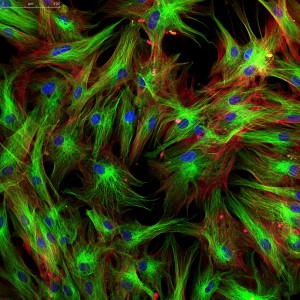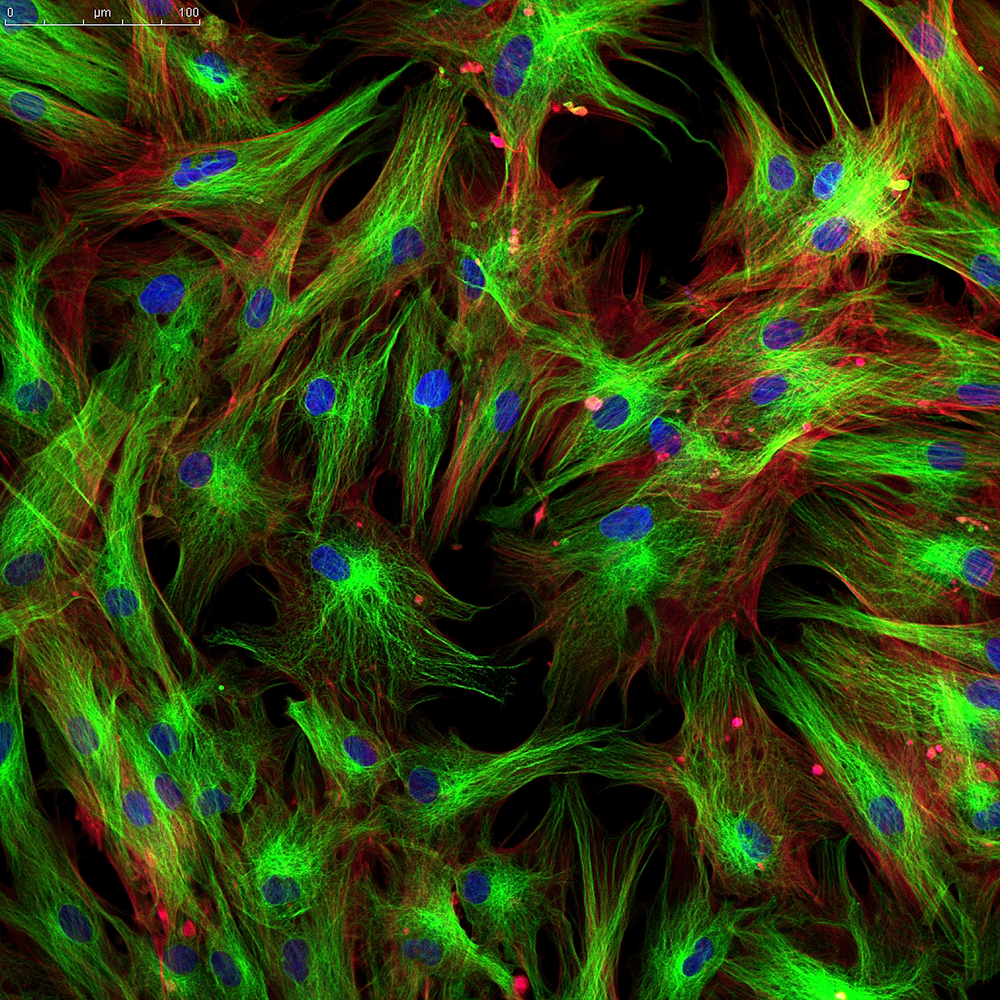 A recent study titled “99mTc-Labeled Small-Molecule Inhibitors of Prostate-Specific Membrane Antigen: Pharmacokinetics and Biodistribution Studies in Healthy Subjects and Patients with Metastatic Prostate Cancer” published in The Journal of Nuclear Medicine, has assessed the potential of a novel drug to detect and visualize early prostate cancer in soft tissue, lymph nodes and bone.
A recent study titled “99mTc-Labeled Small-Molecule Inhibitors of Prostate-Specific Membrane Antigen: Pharmacokinetics and Biodistribution Studies in Healthy Subjects and Patients with Metastatic Prostate Cancer” published in The Journal of Nuclear Medicine, has assessed the potential of a novel drug to detect and visualize early prostate cancer in soft tissue, lymph nodes and bone.
The research team, lead by Shankar Vallabhajosula, PhD, Professor of Radiochemistry in Radiology at Weill Cornell Medical College, compared the pharmacokinetics, biodistribution, and tumor uptake of two Tc-99m labeled ligands, MIP-1404 and MIP-1405, in either 6 healthy controls or 6 patients demonstrating radiographic evidence of metastatic prostate cancer.
After the investigational drug was injected, patients had whole body images taken at 10 minutes and at 1, 2, 4 and 24 hours after injection, along with single-photon emission computed tomography (SPECT), a tomographic imaging technique that uses gamma rays to provide true 3D information.
This was the first study to use single target-specific Tc-99m based on SPECT for imaging prostate cancer in soft tissue metastasis.
Importantly, the authors did not verify any uptake of the drug in any degenerative bone disease, which could account for false positive bone scans.
“This research represents an innovative prostate cancer planar and SPECT imaging technology—addressing unmet clinical need for sensitive and selective imaging of loco-regional and distant metastatic prostate cancer,” Dr. Vallabhajosula, said in a Science Daily news release.”99mTc-Labeled Small Molecule Inhibitors of Prostate Specific Membrane Antigen: Pharmacokinetics and Biodistribution Studies in Healthy Subjects and Patients with Metastatic Prostate Cancer.” “With respect to imaging, the lack of focal uptake in the normal prostate of healthy volunteers with both compounds further demonstrated that PSMA is a viable targeting mechanism for detection and visualization of prostate cancer and suggests that this imaging approach is highly sensitive and disease specific.”
Even though a good correlation with bone scans was verified, the majority of lesions was actually observed via MIP-1404 and MIP-1405, raising the hypothesis that this agent may be more sensitive to detect skeletal or marrow metastasis at earlier time points than bone scans.
“We also demonstrated that Tc-99m MIP-1404 has favourable pharmacokinetics and biodistribution, which represents a breakthrough in imaging of prostate cancer for the following reasons: Tc-99m MIP-1404 can image prostate cancer in lymph nodes, soft tissue and bone,” Dr. Vallabhajosula added.
Progenics Pharmaceuticals has recently concluded a multi-center phase II study with Tc-99m MIP-1404 in 100 patients, and plans to move on to a Phase III trial in the near future.

